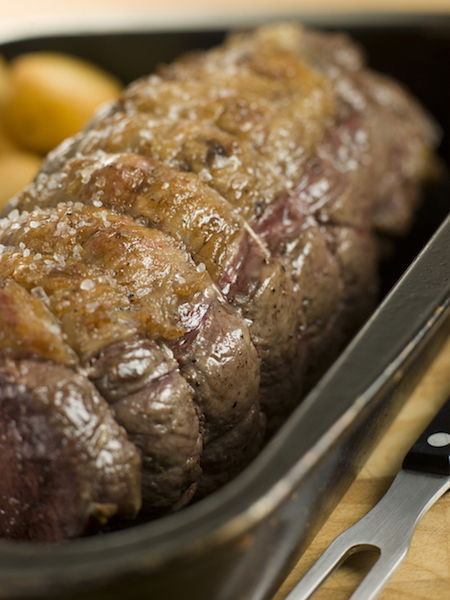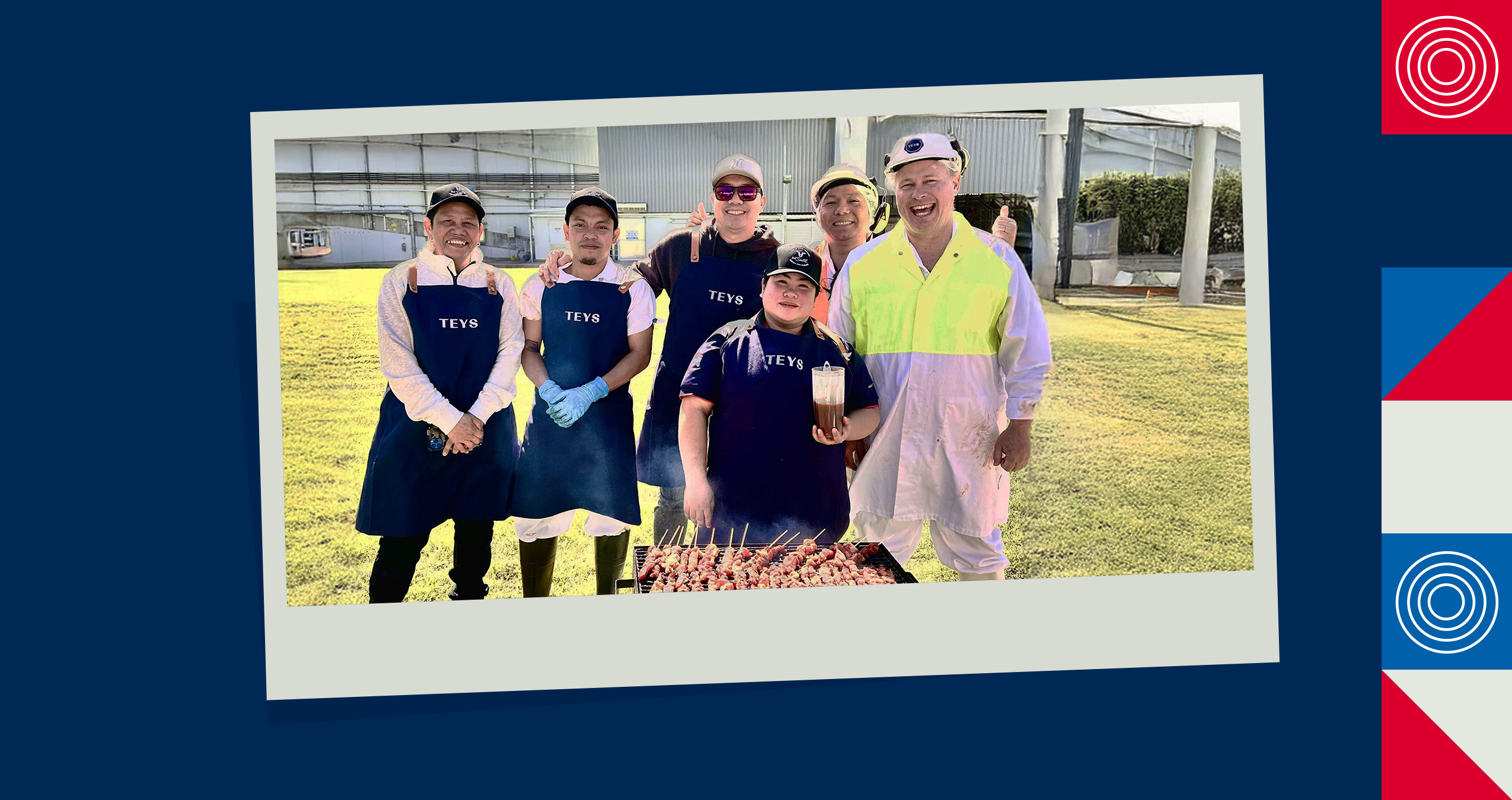
Why do we tie roasts?
Certain meat roasts are tied for 3 reasons:
- To make a roast aesthetically pleasing
- To keep stuffing inside a roast
- To make sure a roast cooks evenly
Which string should you use
You should use a medium-weight, natural, undyed, all-cotton string. You can also use reusable cooking bands, which can be bought from specialty cookware stores. Whatever you choose, make sure that the material is heat resistant, non-toxic and oven safe.
How to tie roast beef & lamb
Step 1:
Pre-cut short lengths of string – make sure they are long enough to fit around the circumference of the roast.
Step 2:
Run each length of string under the meat and bring the two loose ends together.
Step 3:
Cross the two ends over and tie them in a knot. Make sure that the string fits snugly but not too tight – to allow the beef or lamb to expand during cooking.
Step 4:
Continue to tie each piece of string at 5 cm intervals along the beef or lamb roast.
How to make a rolled beef roast
Start out with a flat or ‘butterflied’ cut of beef. Trim any external fat, then roll the meat up to form a log. Tie the meat with short pieces of string at 1.5/2 cm intervals.
Standing rib roast
Tie a short length of string between the spaces of each rib bone and tie with a double knot. This will stop the outside layer of meat from separating from the inner layer (the rib-eye muscle) as it cooks.
Boned or semi-boned leg or boned shoulder of lamb (with stuffing)
Gently press the meat and stuffing into a neat package. Tuck in any loose pieces of meat. Tie four lengths of string evenly along the width. Take two longer lengths of string and tie diagonally.
Meat cuts that benefit from tying
- Beef – rolled roast and standing rib roast
- Veal – boneless shoulder, boned and rolled loin
- Lamb – boneless shoulder or boneless leg
 Return to News
Return to News

















